Hello everyone!
In this post I take you to discover the Giant Cave, a wonderful karst cave located in the Friuli-Venezia Giulia region in Italy and which I had the opportunity to visit in the summer.
It is a huge cavity 100 meters high, 168 meters long and 76 meters wide and its volume is 365,000 cubic meters. It’s a large tourist cave containing the largest natural hall in the world, which was also awarded the Guinness Book of Records in 1995.
The rocks of the Grotta Gigante were formed between 100 and 30 million years ago, thanks to the slow accumulation of carbonate sediments on the bottoms of ancient seas. These sediments were mainly hard parts (shells) of dead organisms, including microscopic foraminifera, corals, echinoderms, crustaceans and molluscs, algal structures and carbonate muds. These layers of rocky sediments emerged about 20-30 million years ago due to orogenesis, caused by slow movements of the earth's crust.
The natural cycle that can be observed inside the Grotta Gigante is one of the most interesting aspects of the visit to this tourist site. In fact, this place can be explored through a guided tour that allows students of all levels to learn more about the geological and biological aspects of the underground karst environment. In addition, there is also the possibility of trying a sporting activity, the artificial climbing wall!
The Giant Cave is also a site of important scientific research and inside it houses the longest Geodetic Pendulums in the world, studied by the University of Trieste to monitor the movements of the earth's crust. A local fauna monitoring project is also active by the Civic Museum of Natural History of Trieste.
I leave you with some photos I took during the visit. I hope you like them! Thanks for stopping by on my blog.
See you soon,
Delilha
ITA
Ciao a tutti!
In questo post vi porto a scoprire la Grotta Gigante, una meravigliosa grotta carsica che si trova nella regione del Friuli-Venezia Giulia e che ho avuto modo di visitare in estate.
Si tratta di un’enorme cavità alta 100 metri, lunga 168 metri e larga 76 metri e il suo volume è di 365.000 metri cubi. La sua principale caratteristica è quella di essere una grande grotta turistica contenente la sala naturale più grande al mondo, che è stata anche premiata dal Guinness dei primati nel 1995.
Le rocce della Grotta Gigante si sono formate tra i 100 e i 30 milioni di anni fa, grazie al lento accumulo di sedimenti carbonatici sui fondali di antichi mari. Questi sedimenti erano soprattutto parti dure (conchiglie) di organismi morti, tra i quali microscopici foraminiferi, coralli, echinodermi, crostacei e molluschi, strutture algali e fanghi carbonatici. Questi strati di sedimenti rocciosi sono emersi circa 20-30 milioni di anni fa a causa dell’orogenesi, provocata da lenti movimenti della crosta terrestre.
Il ciclo naturale che si può osservare all’interno della Grotta Gigante costituisce uno degli aspetti più interessanti della visita presso questo sito turistico. Infatti, questo luogo può essere esplorato attraverso una visita guidata che consente agli studenti di ogni ordine e grado di approfondire gli aspetti geologici e biologici dell’ambiente carsico sotterraneo. Inoltre, c’è anche la possibilità di intraprendere un’attività sportiva, la parete artificiale di arrampicata!
La Grotta Gigante è anche un sito di importanti ricerche scientifiche e al suo interno sono ospitati i Pendoli Geodetici più lunghi del mondo, studiati dall’Università degli Studi di Trieste per monitorare i movimenti della crosta terrestre del nostro pianeta. E’ anche attivo un progetto di monitoraggio della fauna locale a cura del Museo civico di storia naturale di Trieste.
Vi lascio con alcune foto che ho scattato durante la visita. Spero vi piacciano! Grazie per essere passati sul mio blog.
A presto,
Delilha
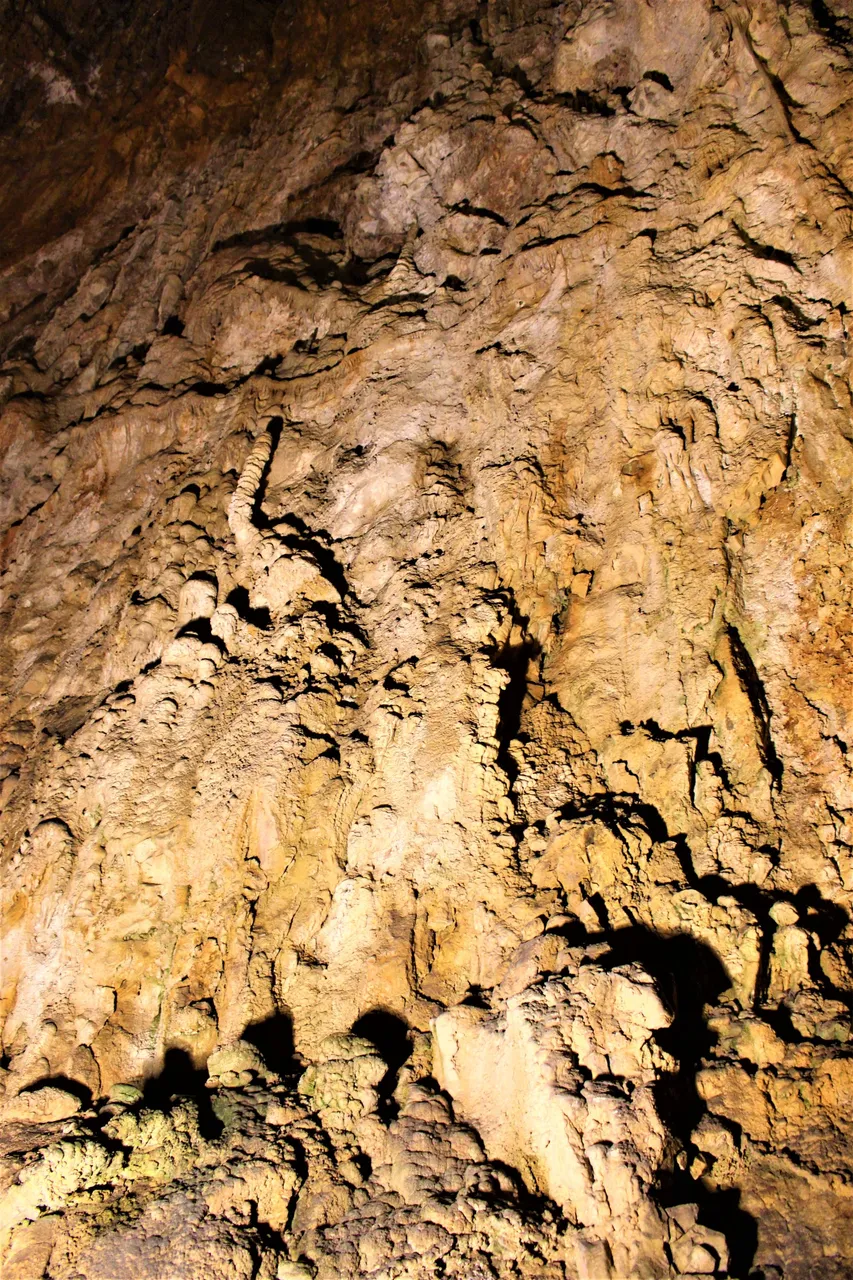

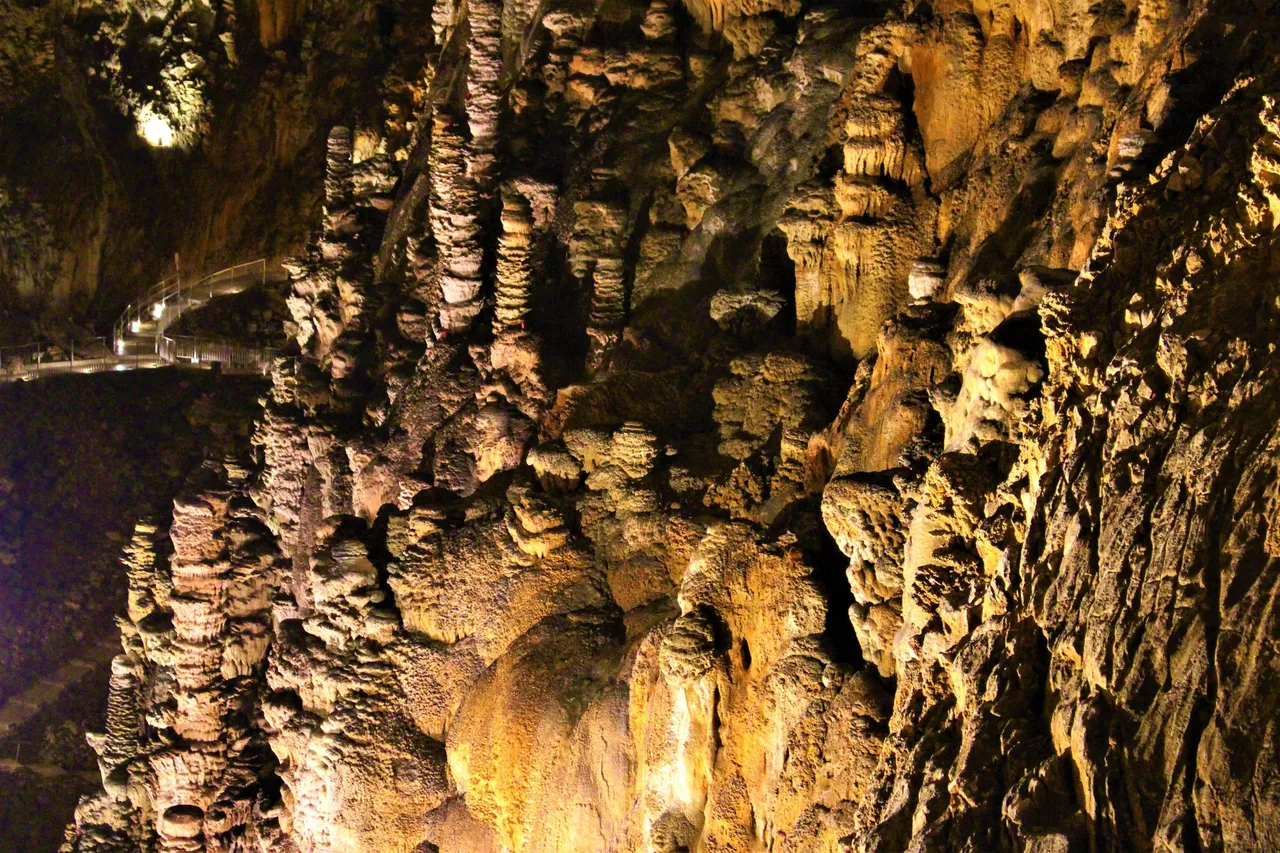
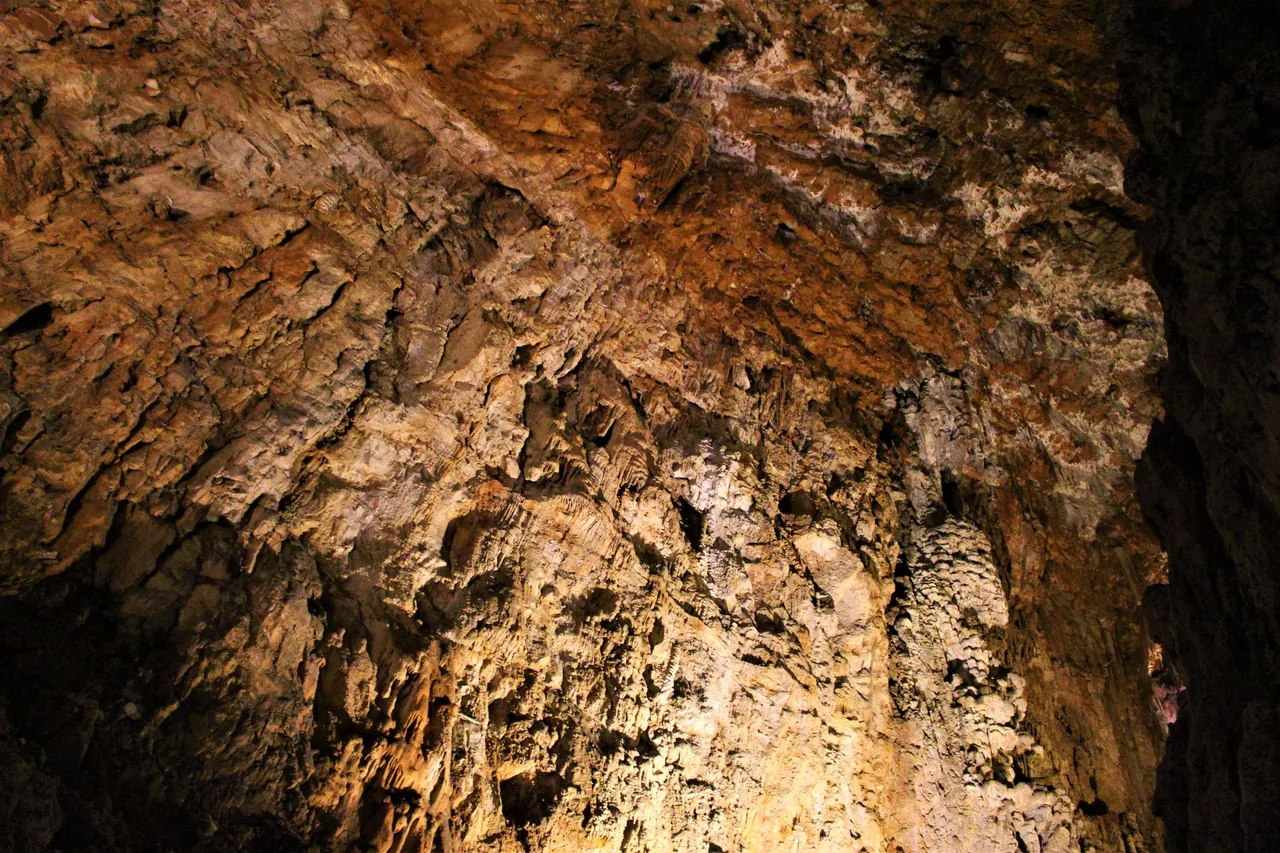

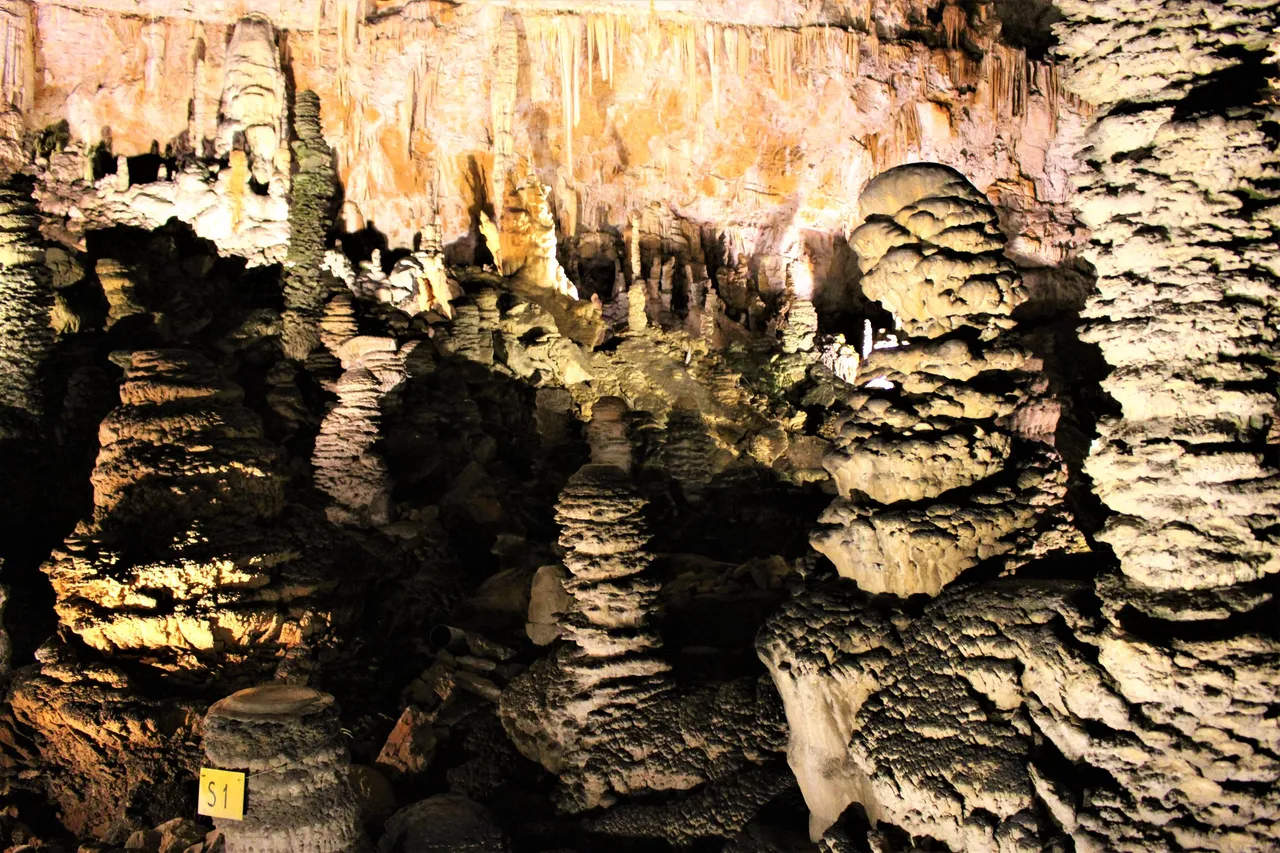
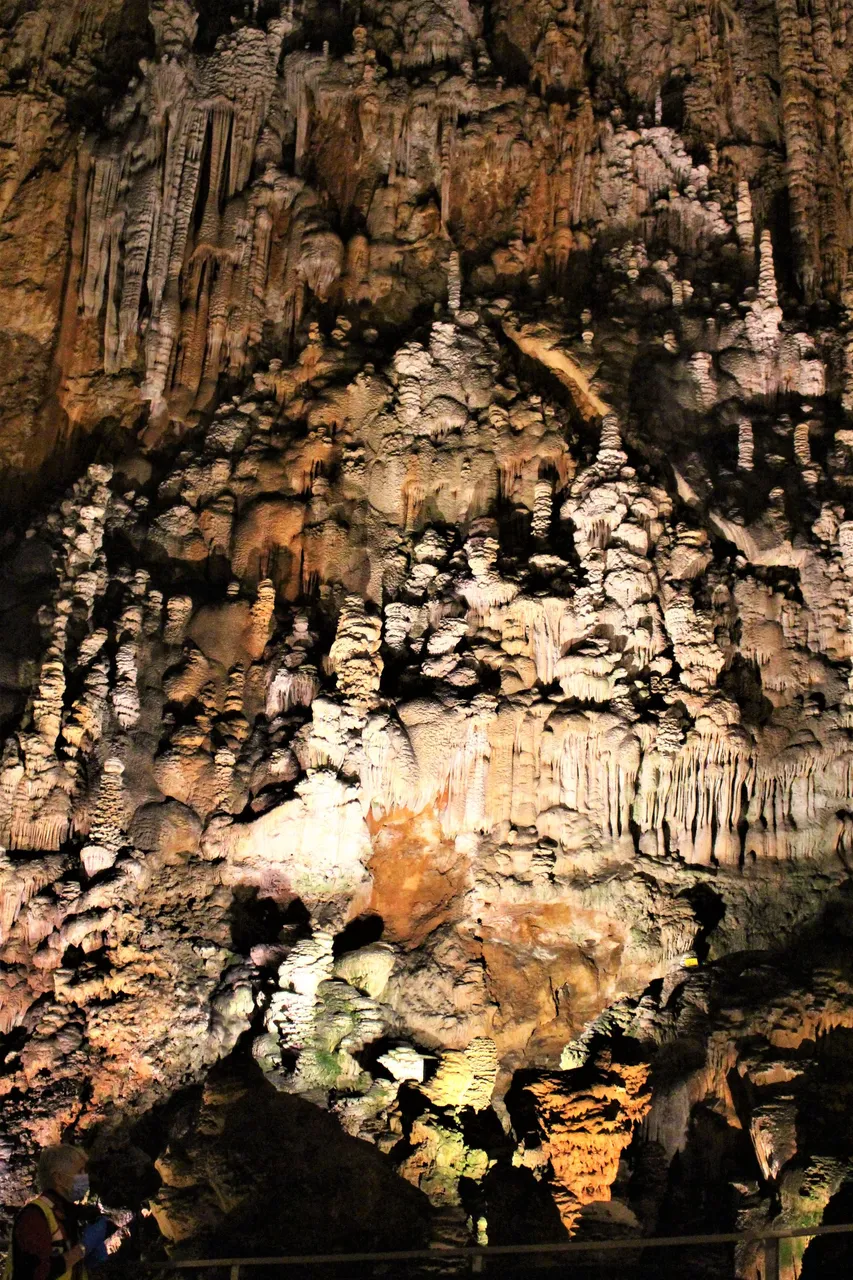
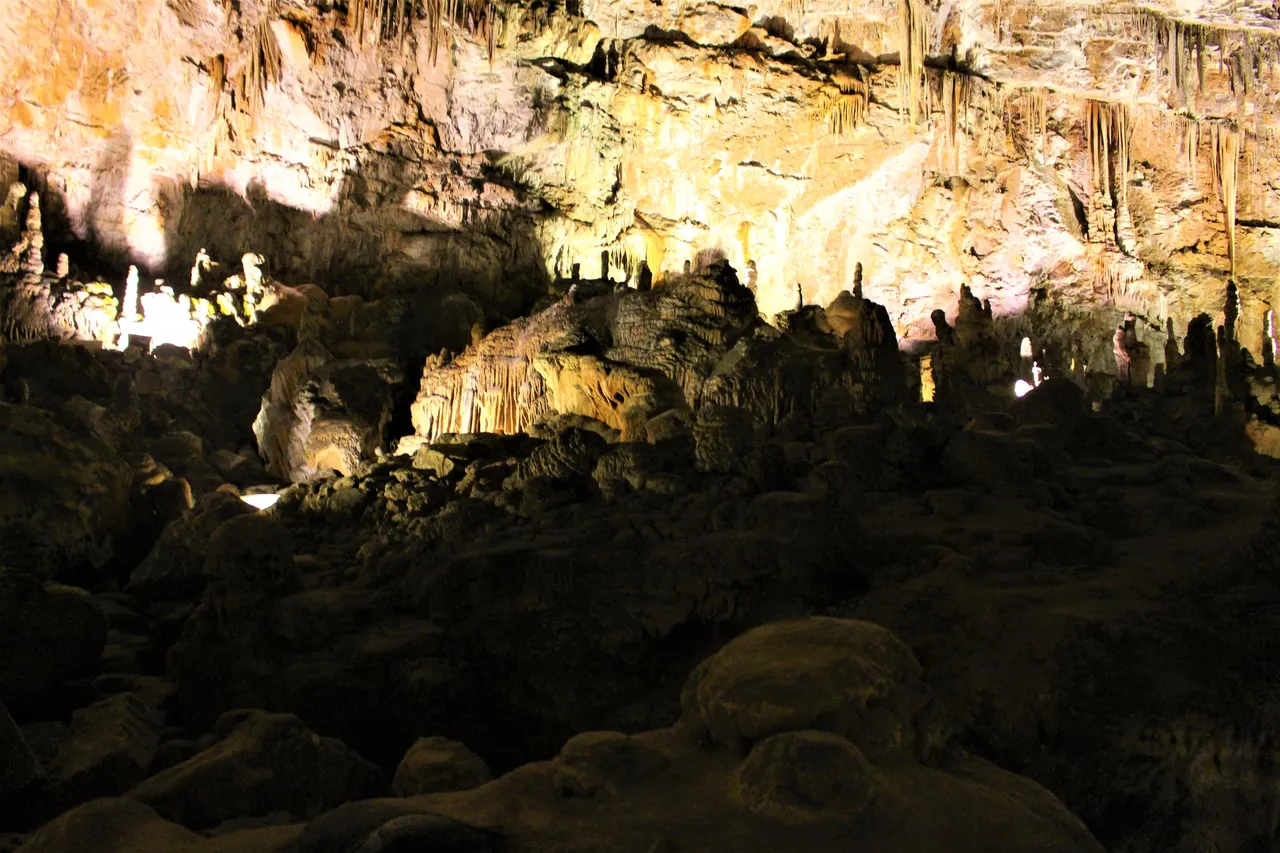
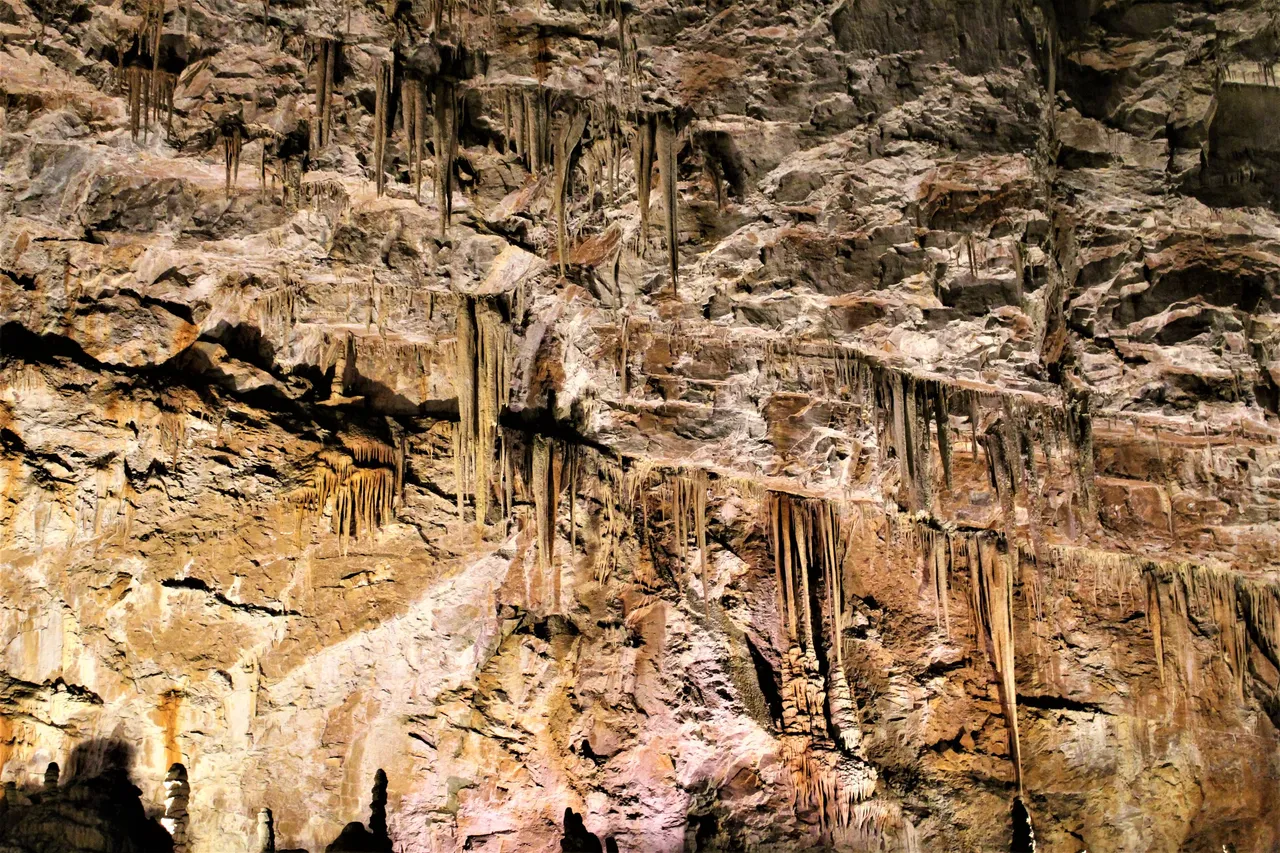
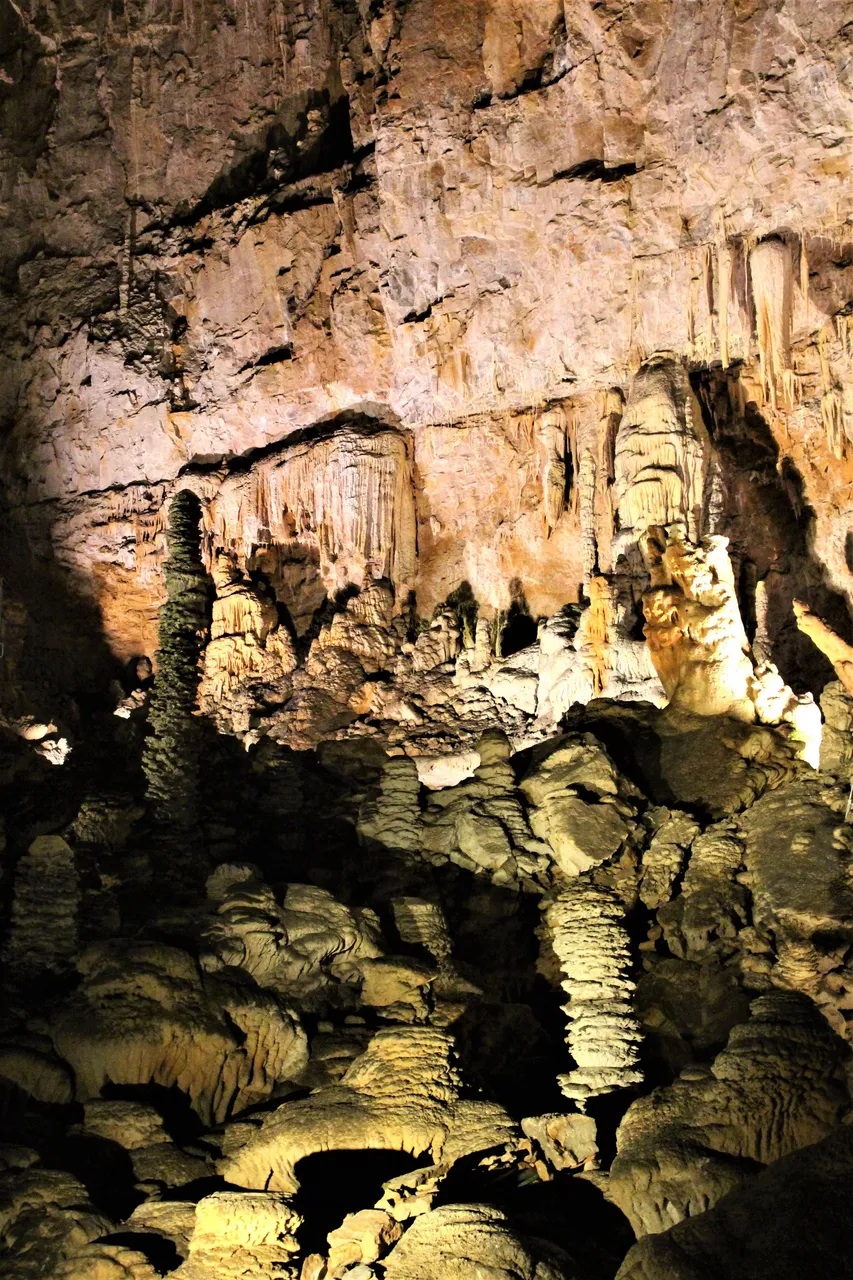
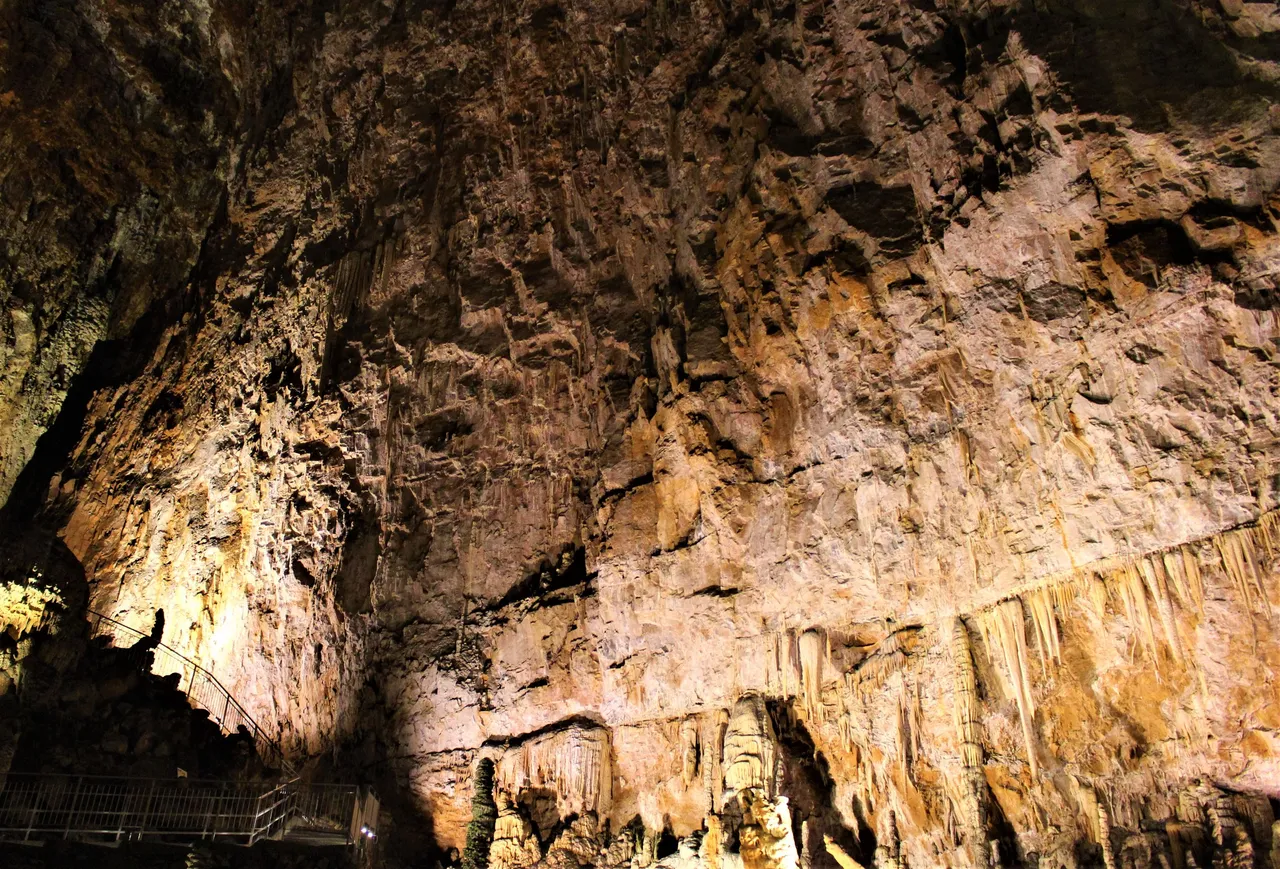
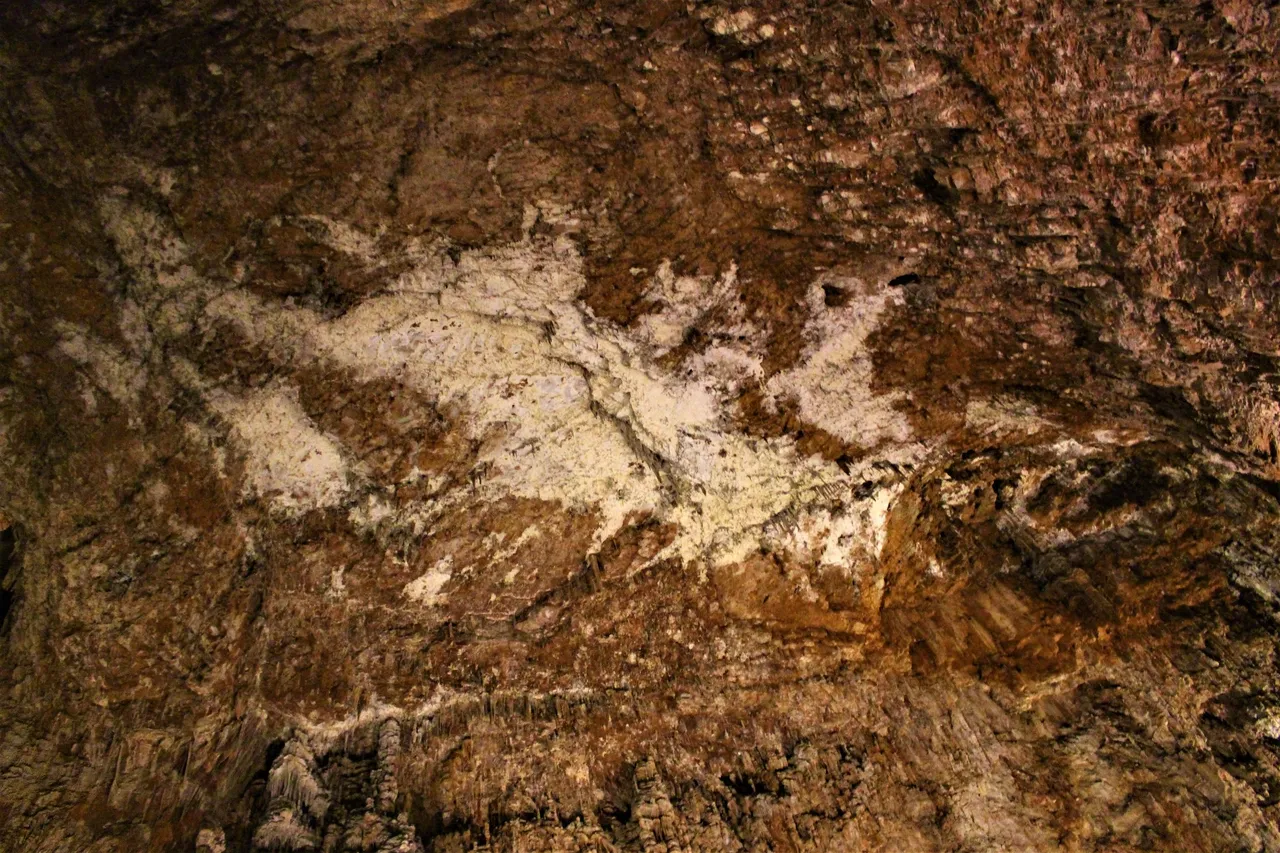


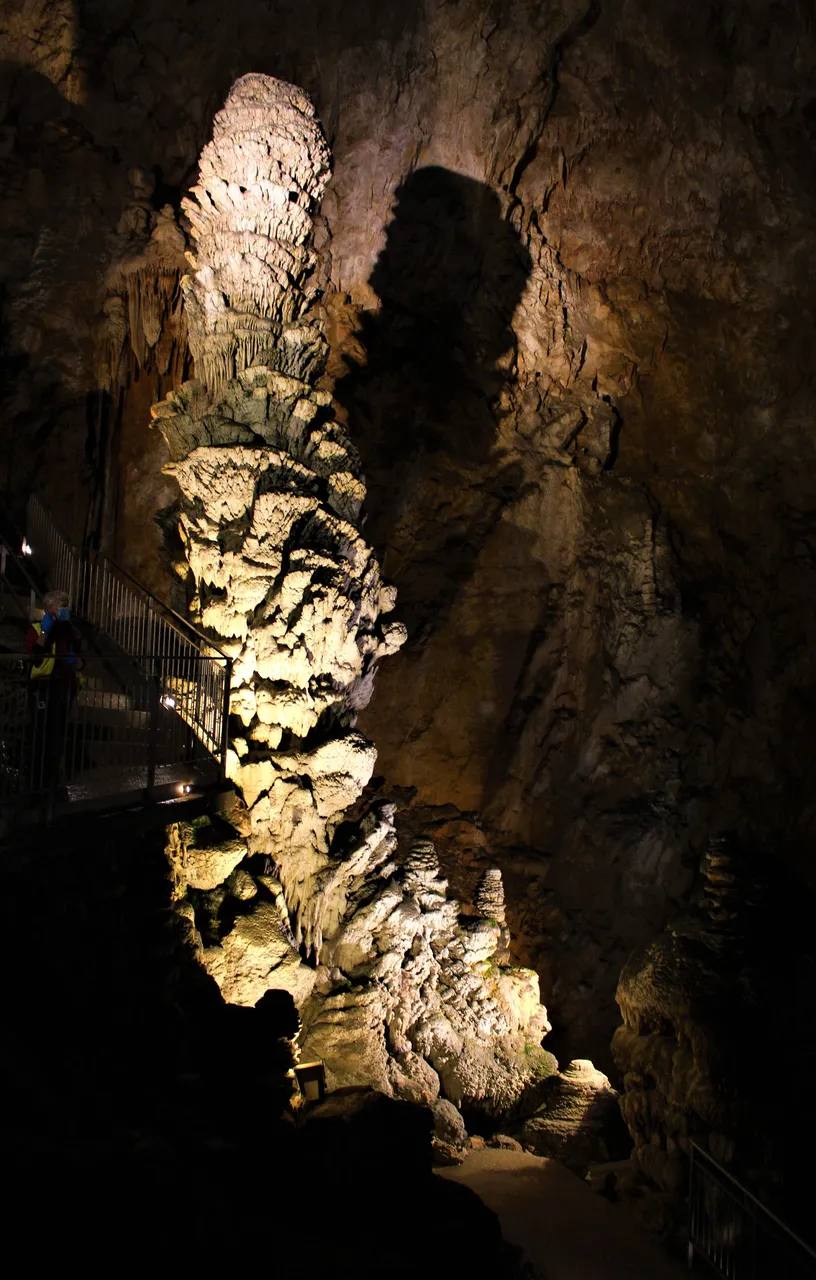
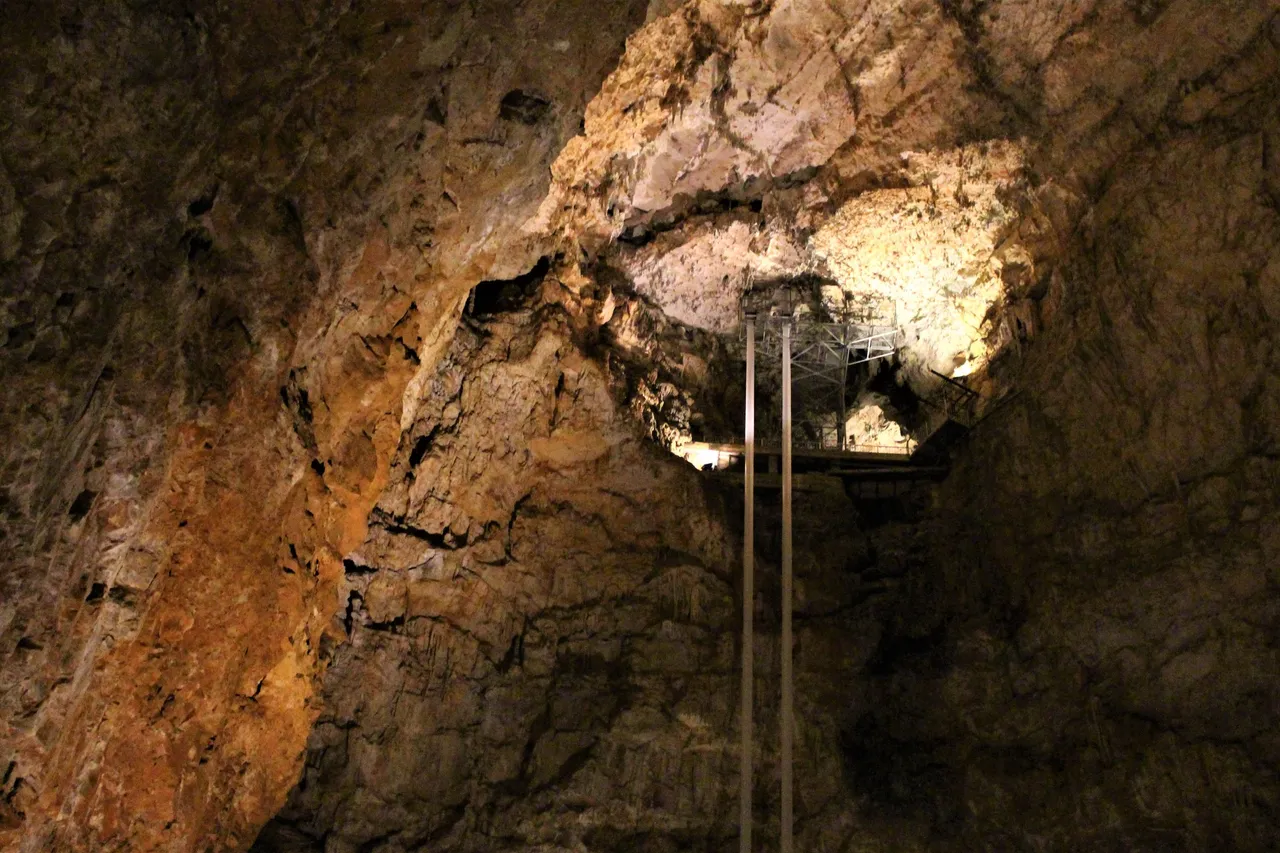
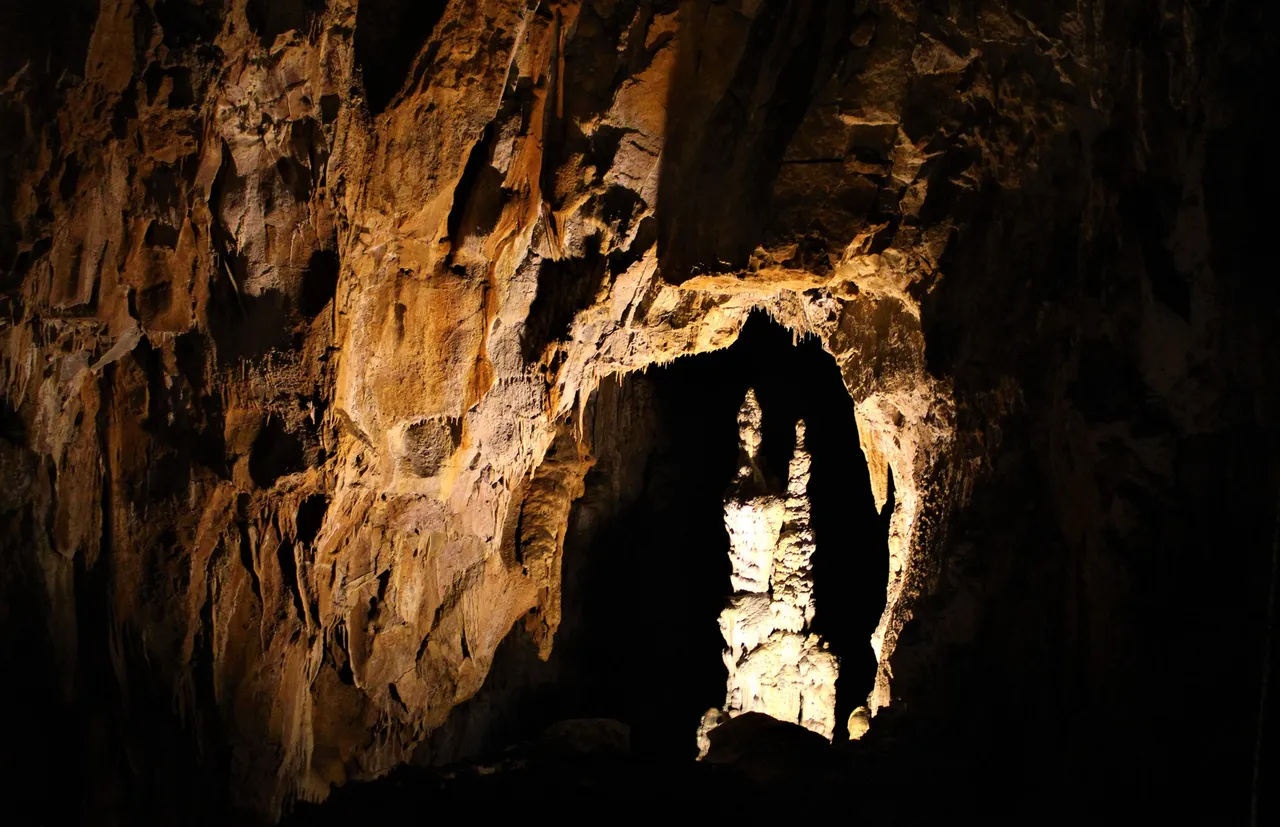
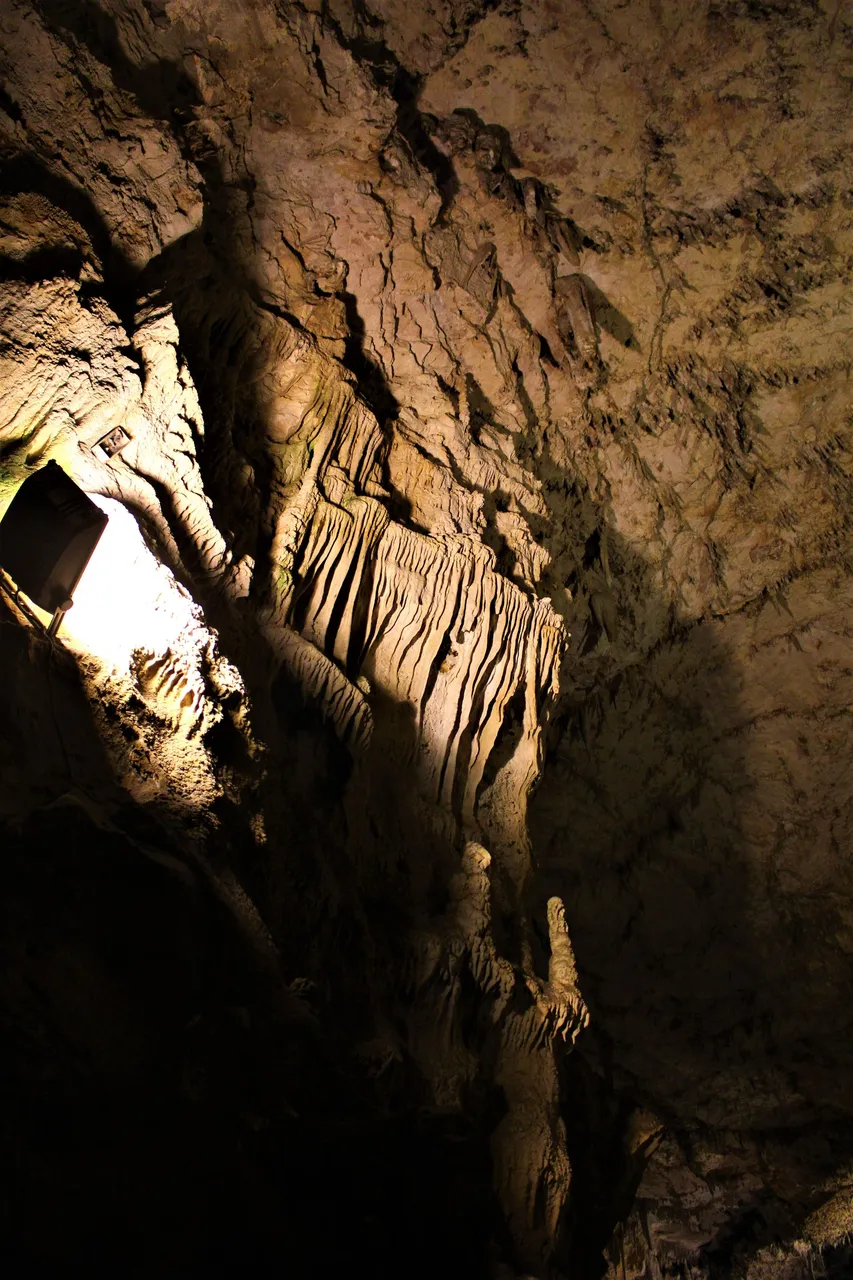
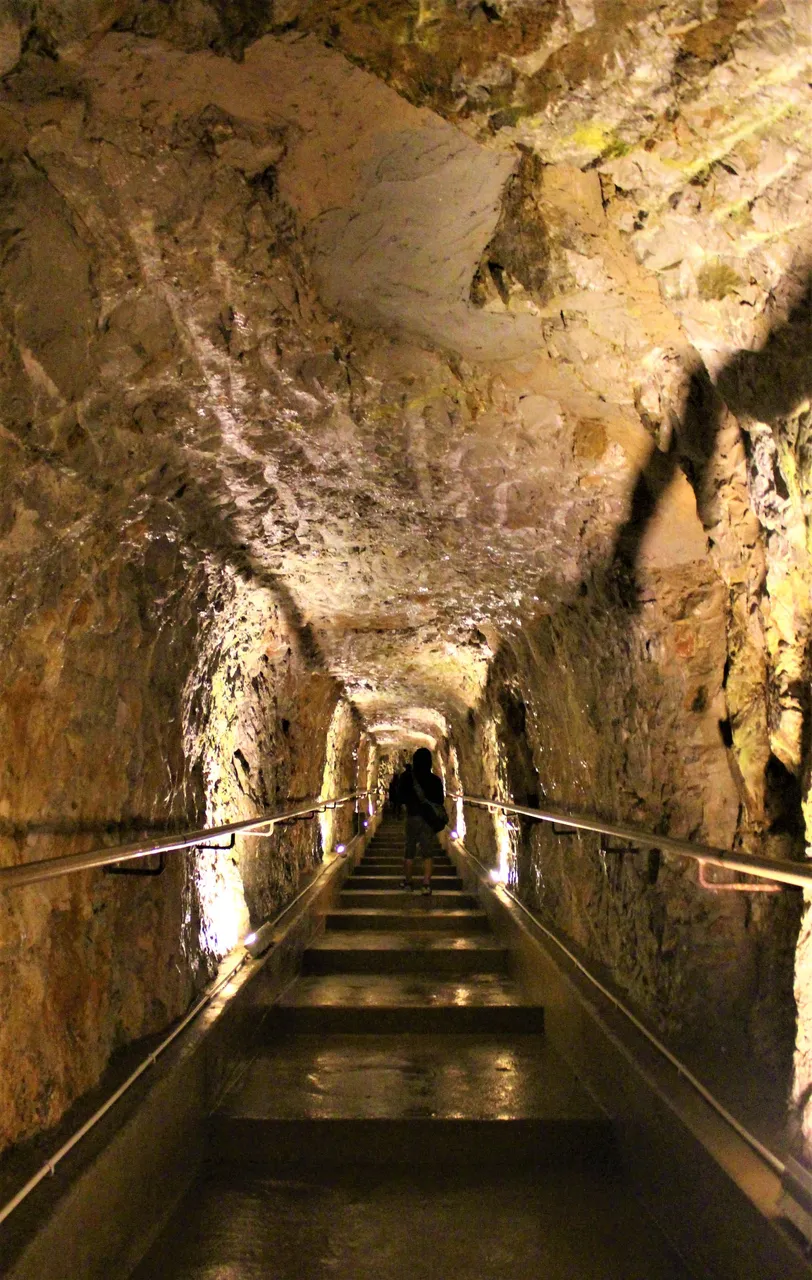

Sources - Fonti
Wikipedia

